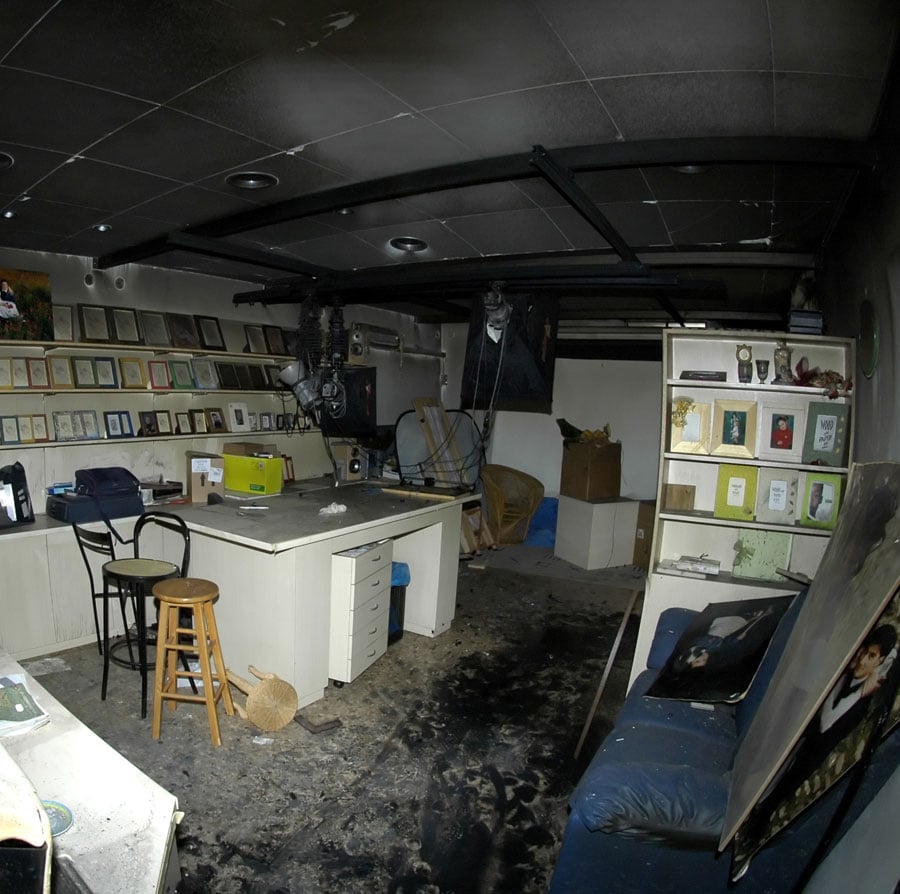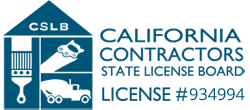
In the aftermath of a fire, homeowners and business owners are often faced with the daunting task of addressing the resulting smoke and soot damage. While it’s natural to focus on the immediate physical destruction caused by the flames, the lingering effects of smoke and soot can pose serious challenges that must be addressed effectively to ensure a safe and habitable environment. In this informative blog post, we will discuss the best practices for managing smoke and soot damage in your home or business and show how enlisting the help of professional restoration services can be crucial to a successful recovery.
Understanding Smoke and Soot Damage
To effectively address the challenges posed by smoke and soot damage, it’s essential to understand the nature of these substances and their impact on your property. Smoke is a byproduct of combustion that can easily penetrate porous materials, leading to unpleasant odors and discoloration. Soot, on the other hand, is a fine black or brown powder that consists of partially burned particles and can cause staining, corrosion, and overall damage to surfaces and belongings.
Initial Steps in Addressing Smoke and Soot Damage
When faced with smoke and soot damage in your property, it’s crucial to take immediate action to minimize its impact. Here are the initial steps to address the damage:
- Prioritize Safety: Before entering the affected area, ensure that it is safe to do so. Disconnect all electronics, turn off gas lines, and consult with the fire department about the structural integrity of the building.
- Contact a Professional Service: Enlisting the help of a professional restoration company as soon as possible will increase the likelihood of successful restoration and reduce the potential for long-term damage.
- Ventilate and Protect the Area: Open windows and doors to improve airflow and reduce lingering odors. Cover unaffected areas with plastic sheeting and remove undamaged belongings to prevent cross-contamination.
Comprehensive Cleaning and Restoration
Once safety precautions have been taken and a restoration team is in place, the comprehensive cleaning and restoration process will begin. This process can be broken down into the following stages:
- Soot Removal: The first stage in cleaning smoke and soot damage entails removing visible soot residue from surfaces, furnishings, and belongings. This activity should be carried out with specialized equipment and techniques to avoid further damage or the dispersion of soot particles.
- Surface Cleaning and Deodorizing: After the initial removal of soot residues, all affected surfaces must be thoroughly cleaned and deodorized to eliminate odors and restore the area to its pre-fire condition. This process may involve the use of professional-grade cleaning solutions and equipment like air scrubbers, ozone generators, and hydroxyl machines.
- Structural Repairs and Replacement: If the fire has caused structural damage, it will be necessary to repair or replace affected building materials like drywall, studs, and insulation. Plus, the restoration team will work to restore damaged furnishings and belongings or recommend replacement when necessary.
- Final Inspection: After the cleaning and restoration process is complete, a final inspection will be carried out to confirm that all areas of damage have been addressed, and the property has been fully restored.
Selecting a Professional Smoke and Soot Restoration Service
Choosing the right professional restoration service is vital to ensure that smoke and soot damage is properly addressed. Keep the following vital considerations in mind when evaluating potential providers:
- Certifications and Licensing: Seek out a restoration company that holds certifications from reputable organizations like the Institute of Inspection, Cleaning and Restoration Certification (IICRC) and operates under the necessary licenses.
- Experience and Training: Ensure that the chosen company specializes in smoke and soot damage restoration, with technicians that are well-versed in industry best practices and skilled in the use of advanced cleaning and restoration techniques.
- Comprehensive Services: Opt for a restoration provider that offers a wide range of services to address all aspects of smoke and soot damage, from soot removal and deodorization to structural repairs and belongings restoration.
- Reputation and Testimonials: As with any service provider, reputation matters. Check reviews and testimonials from previous clients to gauge the quality of their work and overall customer satisfaction.
Preventive Measures for Smoke and Soot Damage
Mitigating the risk of future smoke and soot damage incidents in your property involves implementing preventive measures, such as:
- Install and maintain smoke detectors on each level of occupancy and in every sleeping area.
- Regularly inspect and maintain heating appliances, chimneys, and electrical systems.
- Keep working fire extinguishers readily available.
- Develop and review fire evacuation plans with all occupants.
Conclusion
Addressing smoke and soot damage in your home or business can be a daunting task, but with the help of a professional fire damage restoration service, you can rest assured that the process will be managed effectively. Professional assistance ensures that your property is thoroughly cleaned, deodorized, and repaired, preserving its value and maintaining a safe and healthy environment for its occupants. By following the best practices outlined in this guide and working with a reputable restoration provider like Restoration Masters, you can overcome the challenges posed by smoke and soot damage and restore your property to its former glory.





